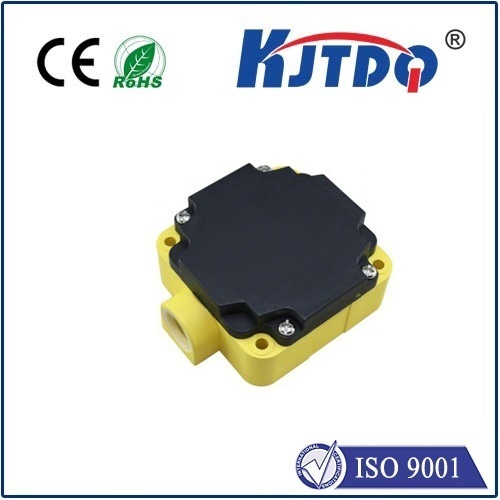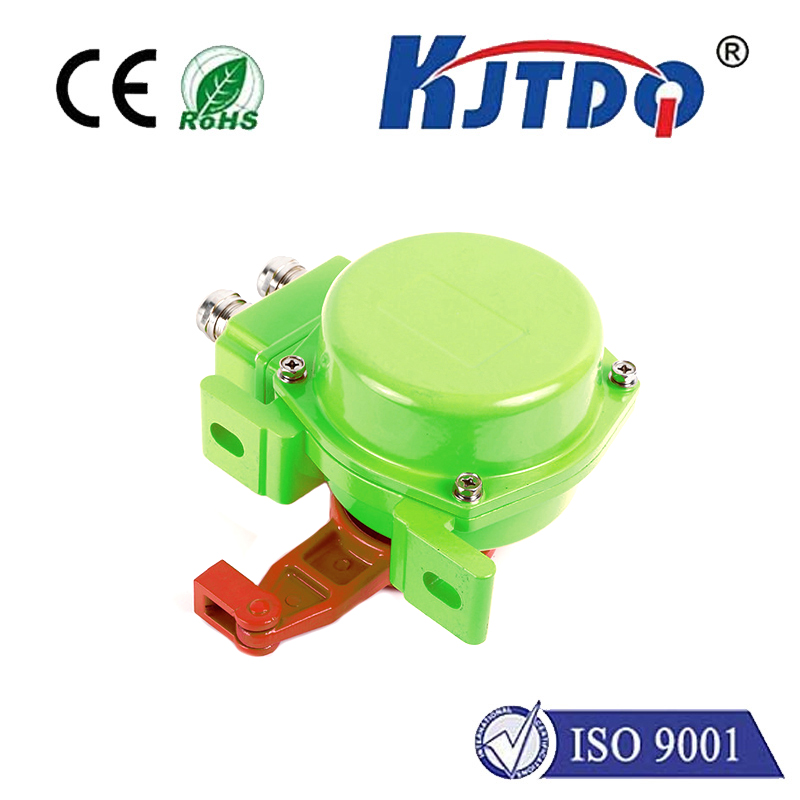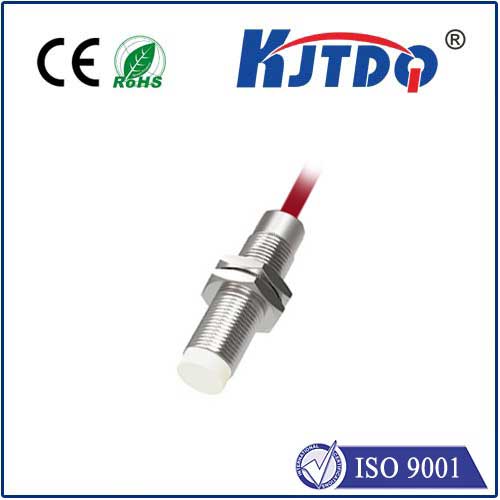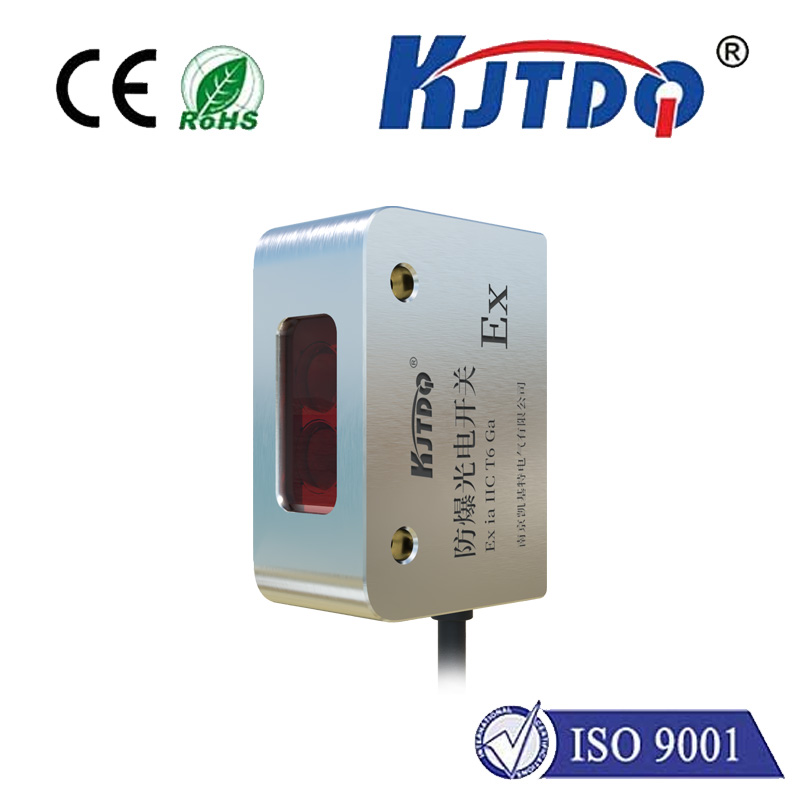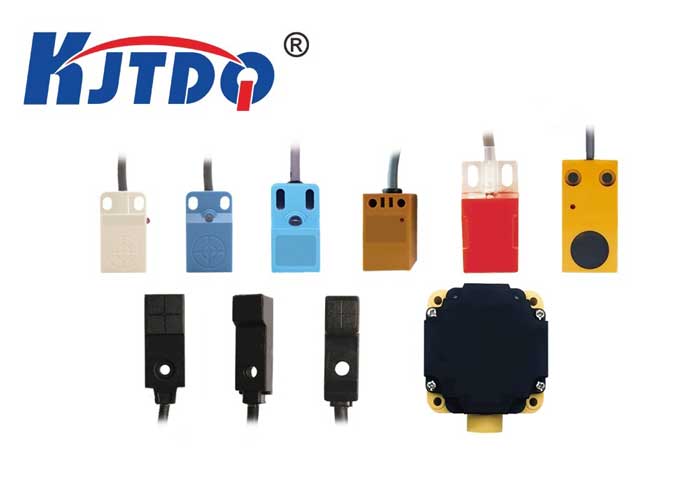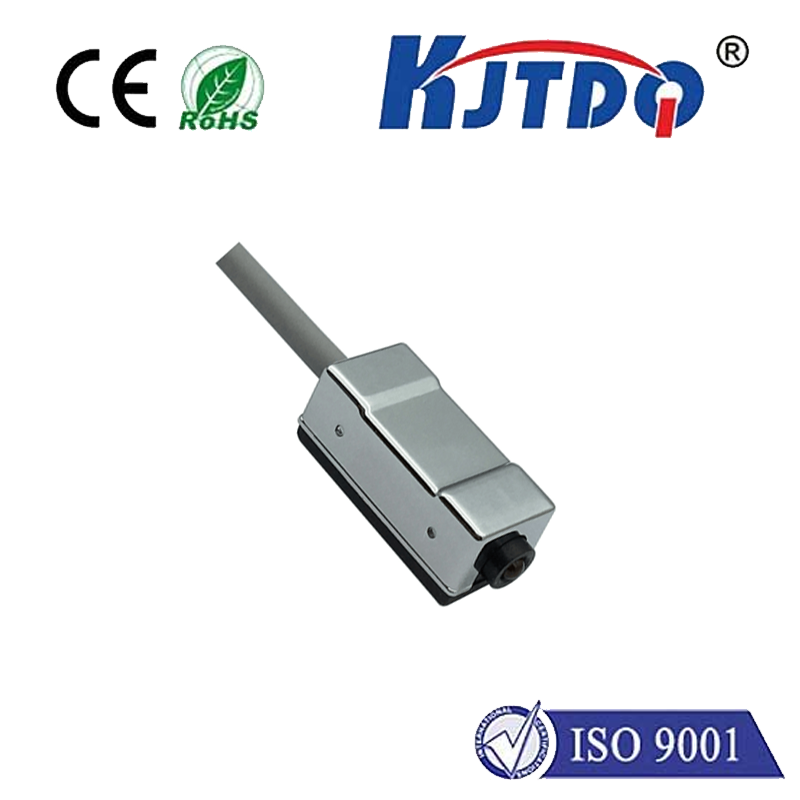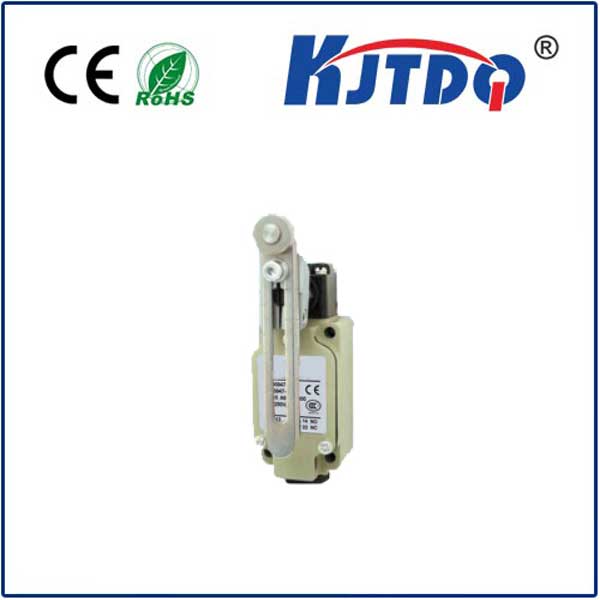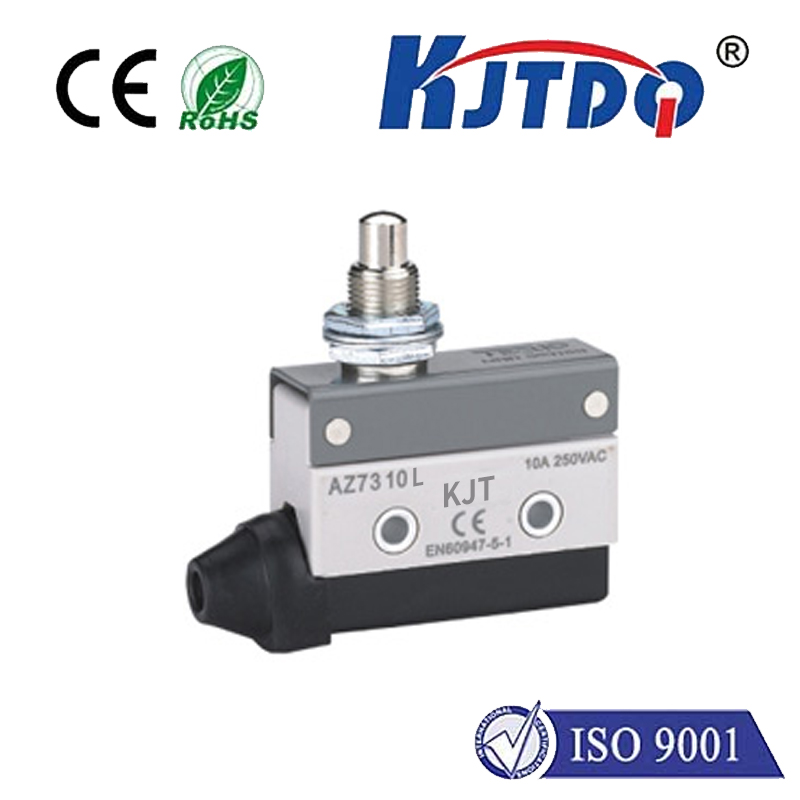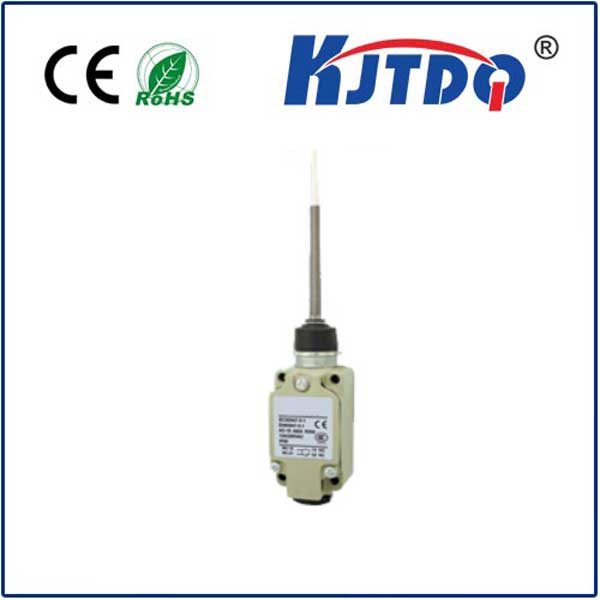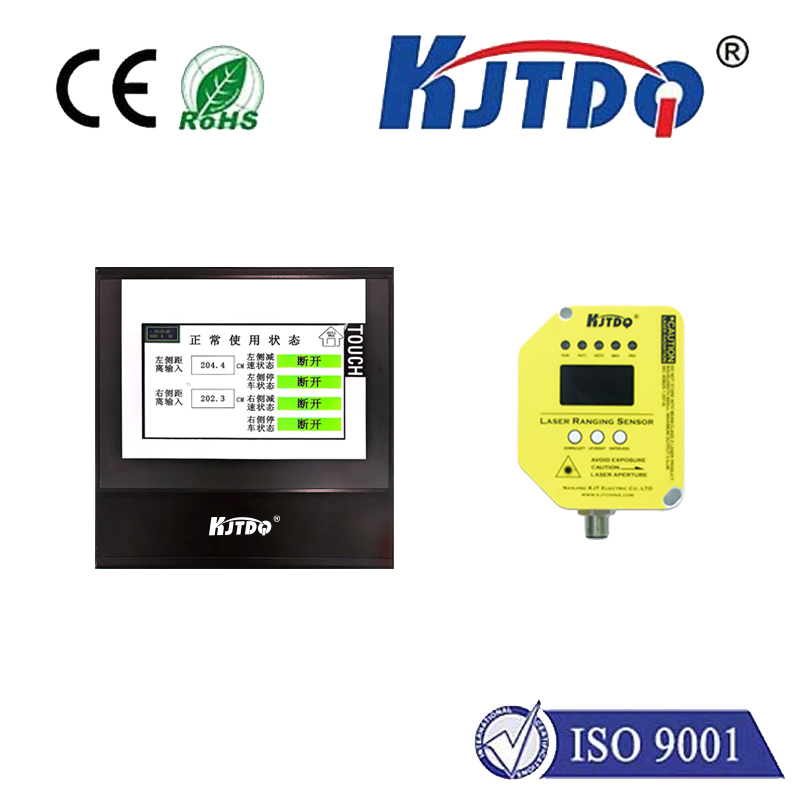лазерный датчик скорости
- time:2025-08-28 04:14:03
- Нажмите:0
Laser Velocity Sensors: Revolutionizing Precision Motion Measurement Across Industries
Imagine needing to measure the speed of a rapidly spinning turbine blade, a sheet of red-hot steel moving through a rolling mill, or a delicate semiconductor wafer on a production line. Traditional contact sensors would fail, wear out instantly, or damage the product. This is where the remarkable technology of Laser Velocity Sensors (LVS), often referred to as Laser Doppler Velocimeters (LDVs) or Laser Surface Velocimeters (LSVs), steps in, offering unparalleled precision and versatility in non-contact motion analysis.
Beyond Contact: The Core Principle of Laser Velocity Sensing
At its heart, laser velocity measurement relies on the Doppler Effect, the same phenomenon that causes the change in pitch of a siren as an ambulance passes by. A лазерный датчик скорости emits a highly focused, coherent beam of light onto the target surface. As the surface moves, the frequency of the light scattered back to the sensor shifts minutely relative to the original beam. This frequency shift is directly proportional to the component of the target’s velocity along the axis of the laser beam.
Sophisticated optics and signal processing electronics within the sensor precisely detect and analyze this Doppler frequency shift. The result? An exceptionally accurate and real-time measurement of surface speed, without any physical contact. This fundamental principle unlocks applications impossible for traditional tachometers, encoders, or wheel-based sensors.
Unmatched Advantages: Why Choose Laser Velocity Sensors?

The non-contact nature of LVS technology delivers a cascade of critical benefits across demanding industrial and research environments:
- Zero Influence on Target: Eliminates slippage, wear, damage, or load introduction, crucial for fragile, lightweight, or high-speed objects.
- Exceptional Accuracy and Resolution: Capable of measuring speeds from microns per second to kilometers per second with micrometer-level precision. Ideal for research, quality control, and performance validation where minute differences matter.
- Unrivaled Versatility: Measures virtually any surface – metal, plastic, paper, rubber, fabric, liquids, even granular materials – regardless of temperature (within sensor limits), shape, or accessibility. Works on hot steel, transparent films, and rough textures alike.
- Response Time: Provides near-instantaneous speed readings, enabling real-time process control and rapid feedback for dynamic systems.
- Minimal Maintenance: With no moving parts contacting the surface, LVTs offer outstanding reliability and reduced downtime compared to mechanical sensors.
- Harsh Environment Tolerance: Designed to operate in demanding conditions involving dust, vibration, heat, or moisture (specific models vary, but robustness is a key feature).
Contrasting Capabilities: Laser Sensors vs. Traditional Methods
Understanding where LVTs excel highlights their transformative potential:
- vs. Rotary Encoders: Encoders measure shaft rotation speed but require physical coupling. LVTs measure the actual surface speed directly, detecting slip on rollers, belt stretch, or web tension issues that encoders miss entirely.
- vs. Contact Tachometers/Wheel Sensors: Contact methods suffer from slippage, wear, vibration influence, and potential surface damage. Laser sensors eliminate these fundamental limitations.
- vs. Radar Sensors: While also non-contact, radar generally offers lower spatial resolution and accuracy than laser systems. Radar can struggle with very low speeds or specific material types where laser excels.
- vs. Optical Encoders: These require installing an encoder wheel/disc. LVTs measure any unprepared surface on-the-fly.
Driving Innovation: Key Applications of Laser Velocity Sensors
The unique capabilities of laser Doppler technology make them indispensable in diverse sectors:
- Manufacturing & Process Control:
- Rolling Mills (Metal, Paper, Plastics): Precisely control tension, synchronize stands, monitor strip speed, detect slippage on rollers, and ensure consistent product quality.
- Web Handling (Foil, Film, Textiles, Nonwovens): Crucial for tension control, minimizing waste, registration control, and verifying line speeds for coatings or printing.
- Tire & Rubber Manufacturing: Measuring component speeds during building and curing, controlling extrusion speeds, and monitoring vulcanization press operations.
- Printing & Converting: Ensure precise register control, synchronize press units, and monitor winding/unwinding speeds.
- Research & Development:
- Aerodynamics & Fluid Dynamics: Measuring gas or liquid flow velocities using seeding particles (Laser Doppler Anemometry - LDA, a specialized LVT application).
- Mechanical Engineering: Analyzing vibration, rotational speed of complex components, turbine blade tip speeds, gear mesh performance, and material deformation studies.
- Acoustics & Vibration: Correlating surface velocity with sound radiation for noise reduction studies.
- Automotive & Aerospace:
- Testing engine component speeds (crankshafts, camshafts, turbochargers), brake disc analysis, tire dynamics, and structural vibration testing under load.
- Energy:
- Monitoring turbine blade tip speeds, generator shaft speeds, and conveyor belt speeds in power plants. Wind turbine blade monitoring.
- Quality Assurance:
- Verifying conveyor speeds, production line throughput, and component rotation speeds during final testing.
Selecting the Right Laser Velocity Sensor: Key Considerations
Choosing the optimal sensor requires careful assessment of your application:
- Speed Range: Ensure the sensor covers your minimum and maximum expected speeds.
- Accuracy & Resolution Requirements: Determine the level of precision needed for your process or research.
- Target Surface Properties: Consider reflectivity, roughness, transparency, and material type. Some sensors perform better on dark or diffuse surfaces than others.
- Measurement Distance (Stand-off): The required working distance between sensor and target.
- Spot Size: Smaller spots allow measurement on narrower targets or higher spatial resolution, but may require more precise alignment. Larger spots average over a wider area.
- Operating Environment: Temperature range, dust, humidity, vibration, and potential for occlusions must be factored in.
- Outputs & Interfaces: Analog (0-10V, 4-20mA), digital (RS-232, RS-422⁄485, USB, Ethernet/IP, Profinet), or dedicated fieldbus compatibility.
The Future is Precise and Contactless
Laser Velocity Sensors represent a paradigm shift in motion measurement. Their ability to deliver non-contact, highly accurate, and real-time speed data on virtually any surface and in challenging environments makes them a cornerstone technology for enhancing efficiency, quality, and innovation. As manufacturing tolerances tighten, research demands deeper insights, and processes become more automated, the role of laser surface velocimeters in providing reliable, precise motion feedback will only become more critical. Moving beyond the limitations of physical contact unlocks new levels of control and understanding across the industrial and scientific landscape.

